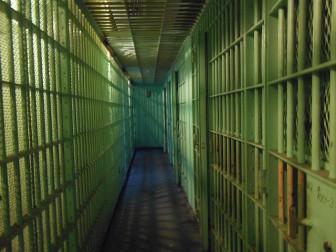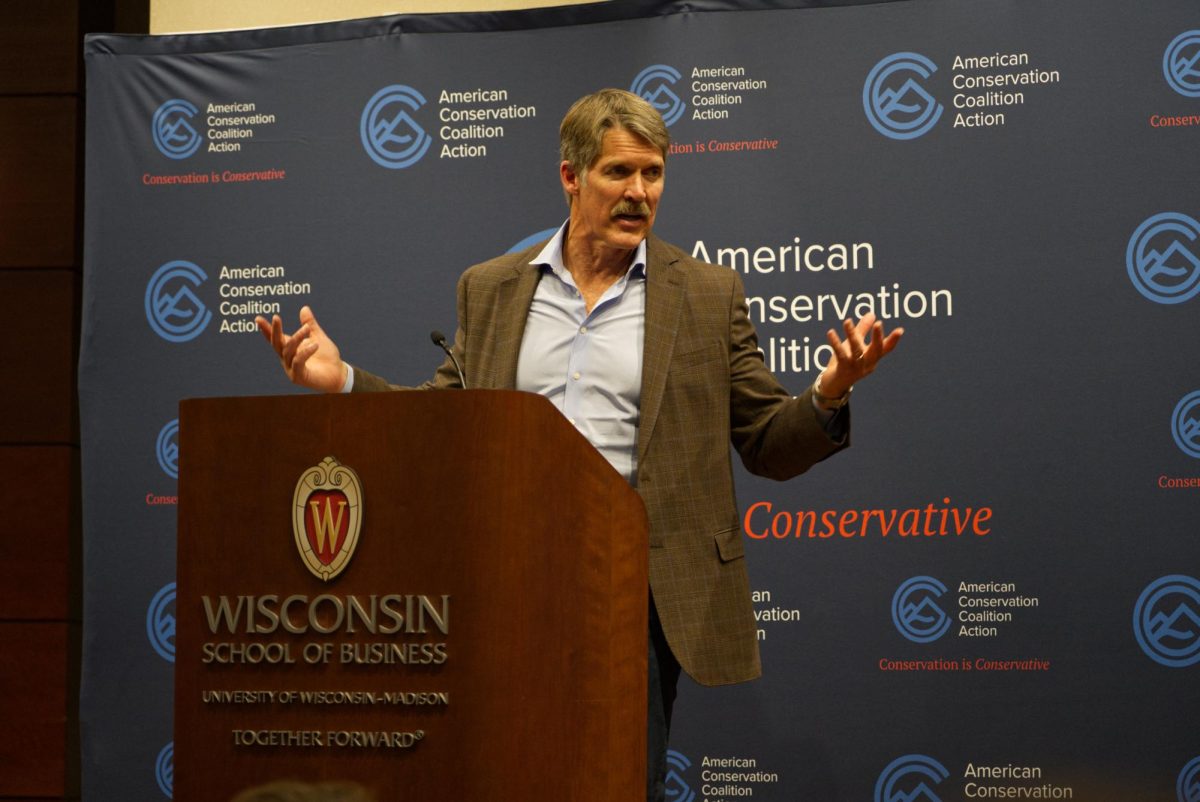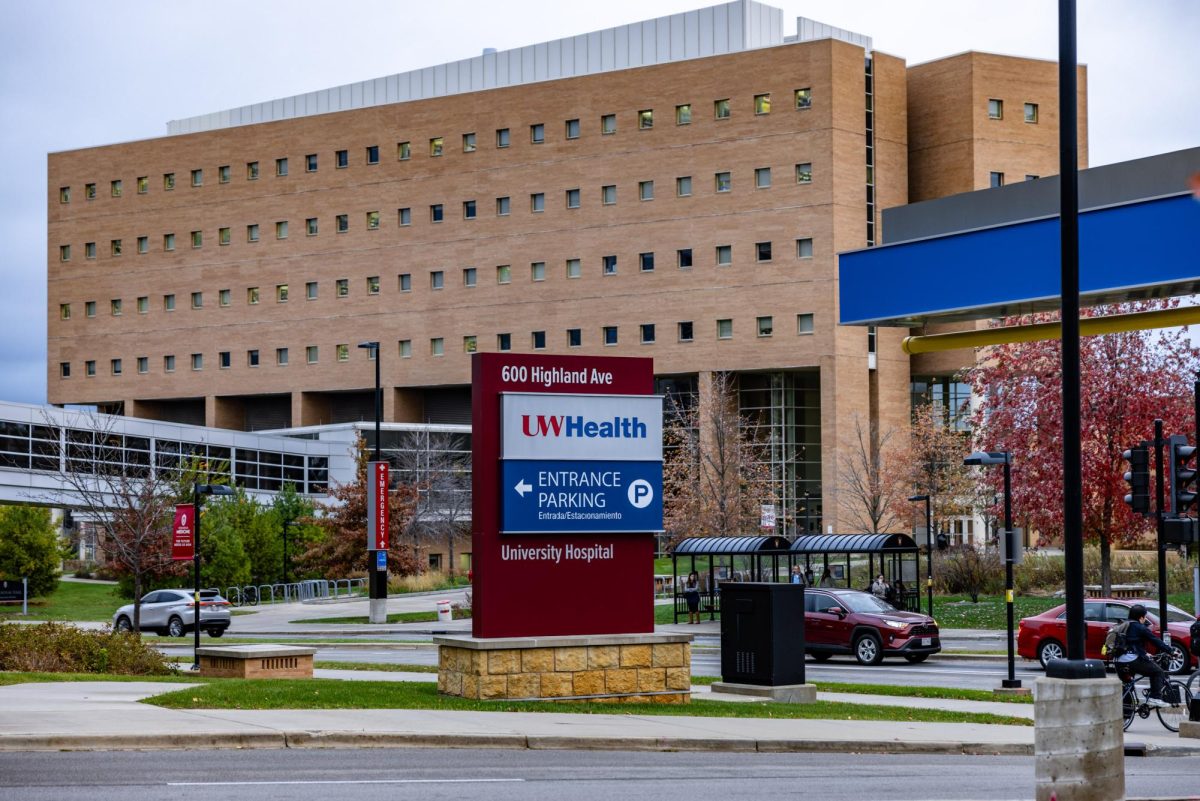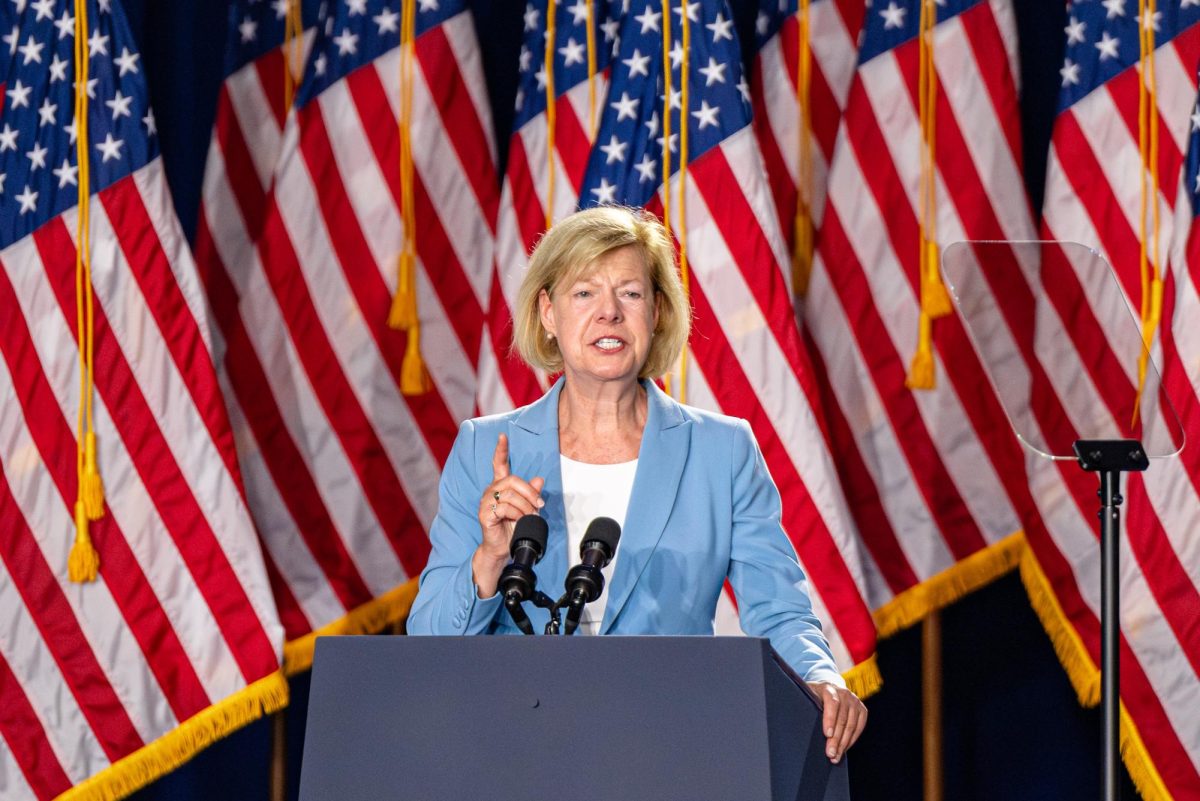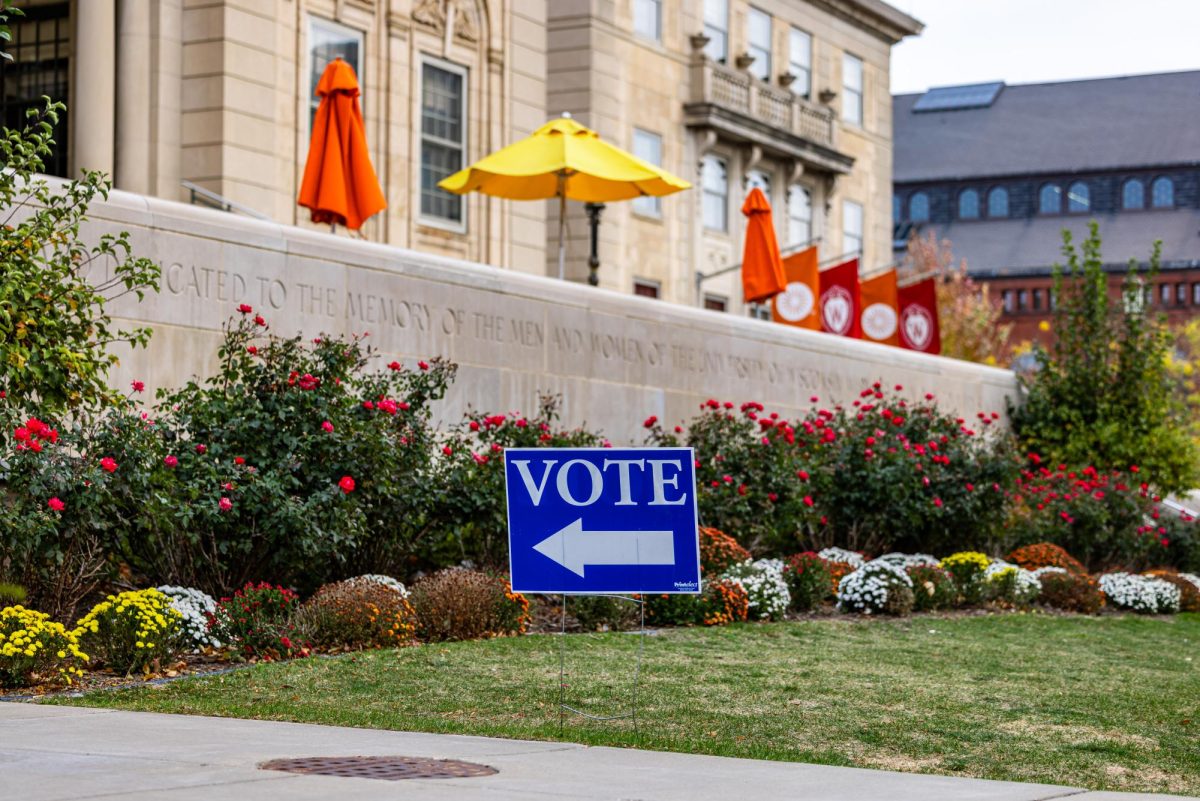In late October, the Wisconsin Budget Project published a study which found that Wisconsin incarcerates a larger share of its population and spends more per resident on corrections than any neighboring state.
This report comes after the passage of the 2017-2019 biennial budget.
In that budget, the state allocated more than $1.1 billion for corrections spending — money that many, including WBP research analyst Tamarine Cornelius, believe should be spent elsewhere.
Cornelius maintains that instead of funding facility expansion, policymakers should take a more reformatory approach.
“Governor Walker has said that we’re out of room in the corrections system, and we need to add more space, but there is another way to go and that would be to bring down the number of people we lock up,” Cornelius said. “That’s a long process and it’s not something that can happen overnight, but we haven’t even started.”
Community members give input on proposed new Dane County jail
Rather than turning to corrections, Cornelius’ report recommends funding services like Wisconsin’s Treatment Alternatives and Diversions, which provides counties with state grants for keeping people with addiction and mental health issues in rehabilitative programs, instead of in prison.
Two other options Cornelius suggested for reducing the number of prisoners held in state facilities include lowering recidivism rates by improving transitional job programs and decreasing the amount of prison admissions based solely on parole violations.
“Derail the Jail,” a coalition made up of various groups including Freedom Inc. and the Affordable Housing Action Alliance, also support alternatives to imprisonment.
The group recently attended the Nov. 8 Dane County Council meeting, where several members spoke out against a $76 million proposal to centralize all county jail activity at the Public Safety Building in the wake of current deteriorating prison conditions.
Edward Basso, a University of Wisconsin graduate student, spoke about the intersection of race and socioeconomic status in incarceration at this meeting.
Derail the Jail Coalition condemns new jail construction proposal
“[The jail] just creates more incentive to lock people up, especially minorities, and promotes more racial and economic inequality,” Basso said.
Basso spoke in reference to Wisconsin’s achievement gap, which is one of the worst in the nation.
In Madison, Basso said black people are arrested at a rate of 10 times more than white people.
At the time of a 2010 Census Bureau study, 12.8 percent of working-age African American men in Wisconsin were imprisoned, a number which topped all other states and was almost double the national average of 6.7 percent.
Damage inflicted to minority communities and families is one of the consequences of incarceration Cornelius said she explored in her report.
Although she is staunchly opposed to the construction of a new jail and an increase in the corrections budget, others believe that current safety issues with state and local prison facilities are too pressing to not construct a new building.
Dane County Sheriff Dave Mahoney expressed support for construction of a new jail and an increased corrections budget given the unsafe conditions at the old jail. Mahoney said it has become a choice between housing people in unsafe conditions or finding an alternative solution.
In addressing the number of people locked up for parole violations or for an inability to pay bail, Mahoney said the county does its best to screen everyone for bail monitoring program eligibility.
Derail the Jail panel discusses ways to fight mass incarceration in Dane County
One of his main concerns, Mahoney said, is for the safety of prisoners in the City-County Building jail. In the past two months alone, more than 10 inmates have attempted or succeeded in hanging themselves from bars which will not exist in the new proposed facility.
John Witte, a retired UW professor who taught political science and public affairs, said if Streit’s proposed method were to actually be applied, it should be approached “cautiously” and integrated very carefully with the probation system.
In the same vein, Kenneth Streit, a retired UW clinical associate law professor specializing in the criminal justice system, envisioned his own alternative to incarceration and construction of a new jail, which would integrate legislation, a judicial committee, law enforcement and treatment providers.
Streit’s alternative would involve a monthly $1,500 award from the state for every non-violent inmate returned to the county and enrolled in its treatment-transition programs up to one year before their scheduled release date.
“At $1,500 per month, this would provide funds for needed services, but be only half of what [the Department of Corrections] would spend to build and operate added capacity,” Streit said. “It would also achieve far, far better public safety outcomes than currently happen.”


